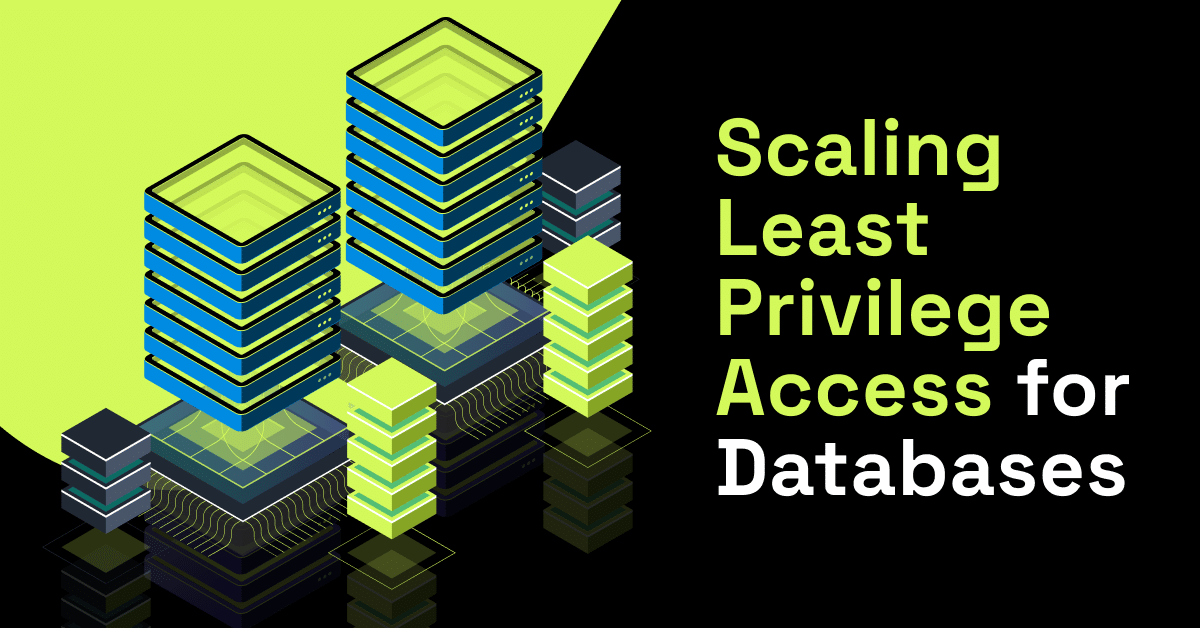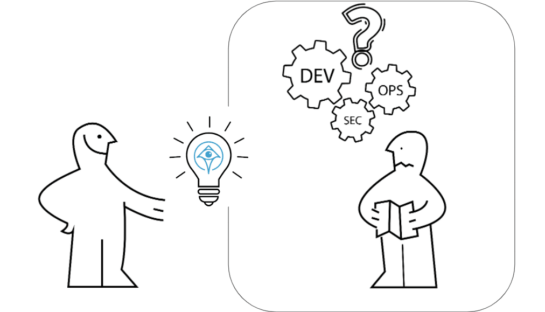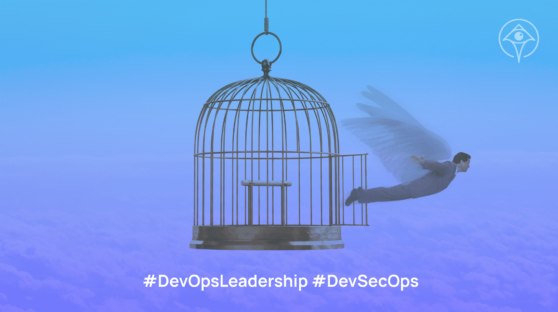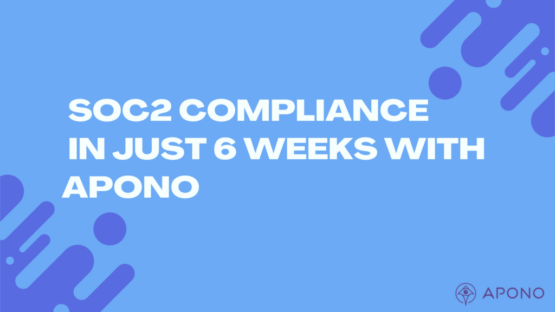Scaling Least Privilege Access for Databases

Rom Carmel
May 28, 2024

In today’s increasingly complex digital landscape, safeguarding sensitive data has never been more critical. Yet, many organizations grapple with balancing accessibility and security within their databases. Enter the concept of least privilege access, a pivotal strategy designed to minimize vulnerabilities by ensuring users have only the permissions essential for their role. However, scaling this principle across large-scale environments poses unique challenges and opportunities. How can businesses effectively implement and manage least privilege access to bolster their database security?
Importance of Least Privilege Access in Database Security
The principle of least privilege access is not just a best practice; it’s a critical pillar in the foundation of database security. By ensuring that individuals have access only to the resources and information absolutely necessary for their duties, organizations can significantly reduce the attack surface available to malicious actors. This approach is not only about limiting what users can see or do; it’s also about protecting the integrity of your data and the continuity of your business operations.
In a world where data breaches are both costly and damaging to a company’s reputation, employing a least privilege model is a proactive step towards mitigating risk. It’s a strategy that, when properly implemented and scaled, can be the difference between a secure database and a potential headline in tomorrow’s news.
However, the journey towards achieving this level of security is fraught with challenges. The dynamic nature of businesses, coupled with the ever-evolving threat landscape, means that what works today may not suffice tomorrow. The key lies in understanding these challenges, and systematically addressing them through a well-orchestrated strategy that scales with your organization’s needs.
Challenges in Scaling Least Privilege Access
Scaling least privilege access across an organization’s databases is not without its hurdles. One of the primary challenges lies in the sheer volume and variety of users, roles, and permissions that need to be managed. As organizations grow, so does the complexity of their databases and the data they contain. This complexity can make it difficult to accurately define and enforce the necessary restrictions for each user.
Moreover, the evolving nature of job roles and responsibilities means that access requirements can change frequently. Keeping up with these changes, and ensuring that access levels are updated accordingly, can be a time-consuming task. This is compounded by the lack of visibility and control over who has access to what, making it difficult to detect and rectify inappropriate access rights before they can be exploited.
Another significant challenge is the technical debt associated with legacy systems. Older systems may not have been designed with the flexibility needed to implement least privilege access effectively. Upgrading or replacing these systems can be a daunting task, both from a financial and operational perspective.
Key Principles of Implementing Least Privilege Access
Implementing least privilege access effectively requires a thoughtful approach that encompasses several key principles.
First and foremost, organizations must adopt a comprehensive understanding of their data landscape. This involves mapping out all data assets, understanding their sensitivity, and identifying who needs access to what data, and why.
Once this foundation is laid, the next step is to establish clear policies and procedures that define how access is granted, reviewed, and revoked. These policies should be enforced consistently across all databases and systems, ensuring that any exceptions are well-documented and justified.
Automation plays a crucial role in scaling the implementation of least privilege access. Manual processes are not only resource-intensive but are also prone to errors. Automating the provisioning, de-provisioning, and review of access rights can help ensure that policies are applied consistently and efficiently, without overwhelming IT teams.
How Apono Helps
Apono significantly enhances the ability to scale least privilege access for databases by providing automated policy management, comprehensive auditing, seamless integration, dynamic provisioning, and advanced analytics. These features collectively enable organizations to maintain strict control over database access while supporting growth and complexity in their IT environments. By leveraging Apono, businesses can ensure that they uphold the principle of least privilege effectively, mitigating risks associated with unauthorized access and safeguarding their valuable data assets.





